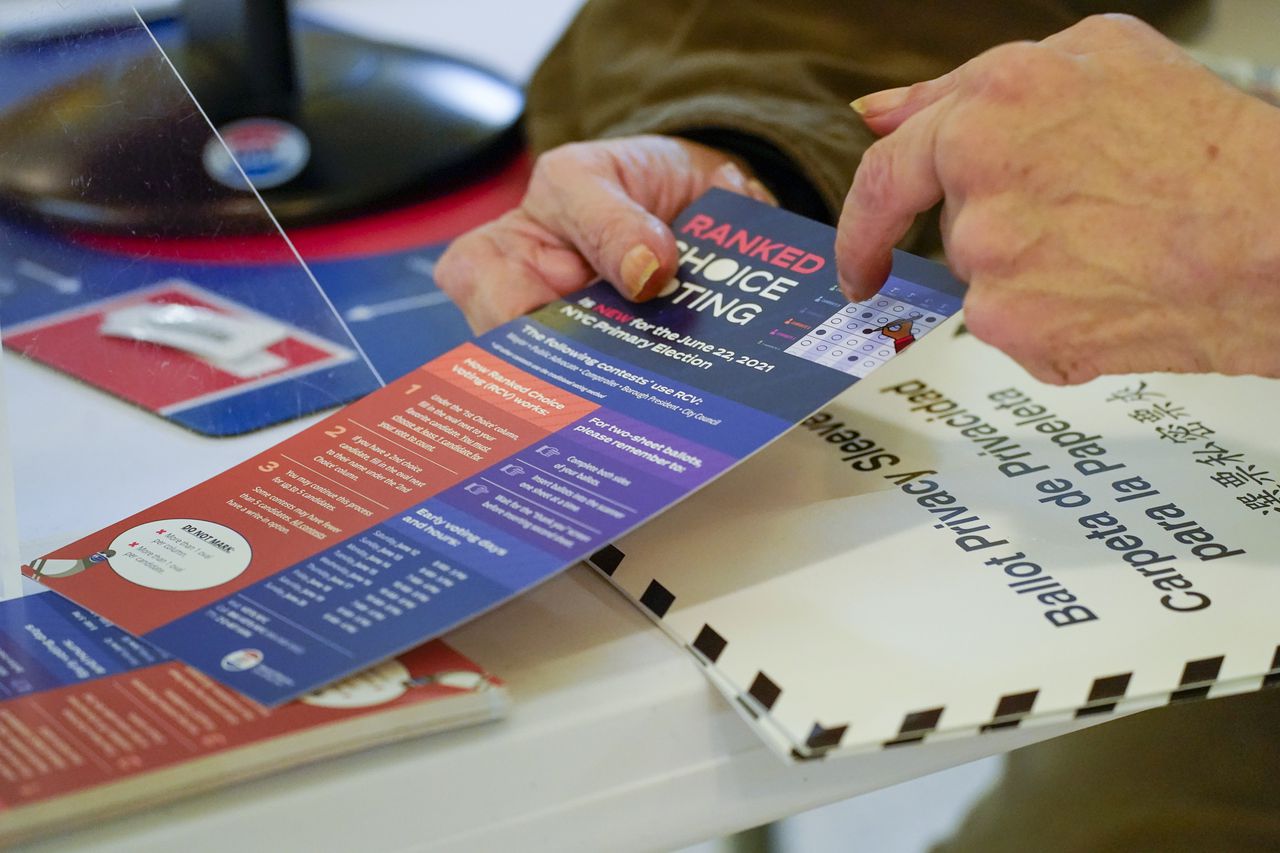| Richard Barton | Syracuse.com |
Despite the claims of political reform opponents, the evidence thus far suggests that ranked choice voting (RCV) is popular among, and not too complicated for, voters.
RCV has quickly moved from the fringe to the forefront of political reform. Jurisdictions as ideologically wide ranging as liberal New York City to municipalities in bright-red Utah recently adopted RCV for local elections.
Despite its rapidly growing popularity, critics contend that RCV is too complicated for voters. From this perspective, political reforms that expect more out of voters are doomed to disappoint.
”It is time to move beyond the debate on whether voters are capable of navigating RCV.
RCV has quickly moved from the fringe to the forefront of political reform. Jurisdictions as ideologically wide ranging as liberal New York City to municipalities in bright-red Utah recently adopted RCV for local elections.
Despite its rapidly growing popularity, critics contend that RCV is too complicated for voters. From this perspective, political reforms that expect more out of voters are doomed to disappoint.
RCV does expect more out of voters. As an article in Time magazine rightly points out, “Ranked-choice ballots can require voters to read up on more candidates and require more time in the voting booth.” Given the political science research that existed before RCV, it was entirely reasonable to hypothesize that voters would be unable to use and be uninterested in this more complex voting system.
But sometimes reasonable hypotheses are not borne out by new data. Thus far, best available evidence on jurisdictions that have used RCV suggest that voters are highly supportive and capable of this more complex and “burdensome” voting system.
RCV was enacted via a citywide ballot initiative with the support of 74 percent of New York City voters. Support for RCV only became more popular when New York City residents actually used this alternative system. In a recent report, 77 percent of New York City voters said they wanted RCV to be used in future elections, and 62 percent believe RCV should be used in all American elections. Seventy percent said the ballot instructions were very simple, and the other 24 percent said they were somewhat simple. Only 6 percent of respondents asserted that the instructions were somewhat or very difficult.
It’s not surprising, then, that a significant majority of voters took advantage of their option to rank.
RCVs popularity is not limited to liberal New York. Eighty-one percent of Utah voters polled reported that RCV was easy to use, and 86 percent were satisfied with their experience using RCV.
Lee Drutman and Maresa Strano at New America conducted a comprehensive review of the existing research on RCV. After reviewing peer reviewed experimental and survey research, they conclude, “At this point, we have a good grasp of how well voters understand ranked-choice voting: Generally, pretty well.” Moreover, as Drutman and Strano point out, not only are voters capable of understanding RCV, voters overwhelmingly like this system and utilize it when given the opportunity.
RCV undoubtably asks more of voters than the traditional voting system, and before political scientists were able to study RCV playing out in the real world, there were compelling reasons to be skeptical that voters could handle this more complex system. However, over the last decade a volume of new research examining RCV in practice has overwhelmingly defied these expectations.
While other questions about RCV remain and deserve more research, it is time to move beyond the debate on whether voters are capable of navigating RCV.
Richard Barton recently earned his Ph.D. in government from Cornell University. He is an incoming Assistant Teaching Professor of Policy Studies at the Maxwell School at Syracuse University, and the Democracy Fellow at Unite America .





